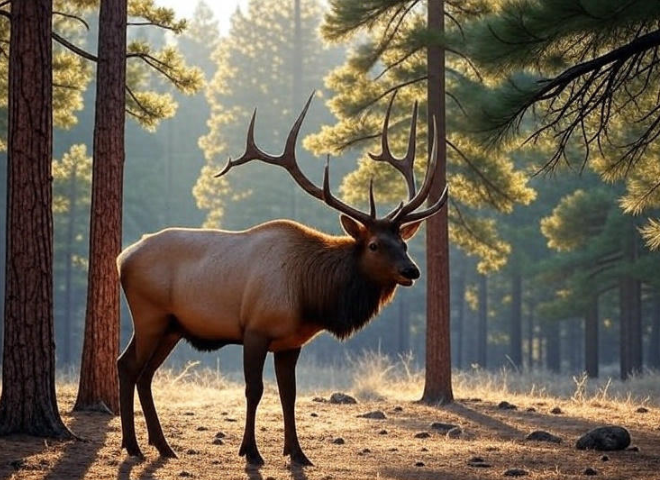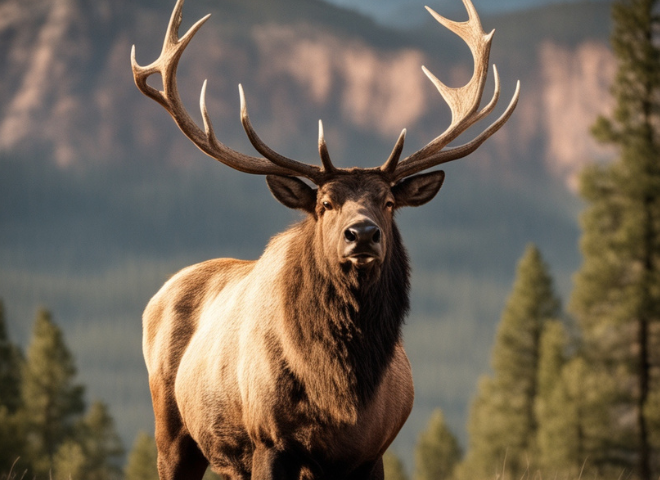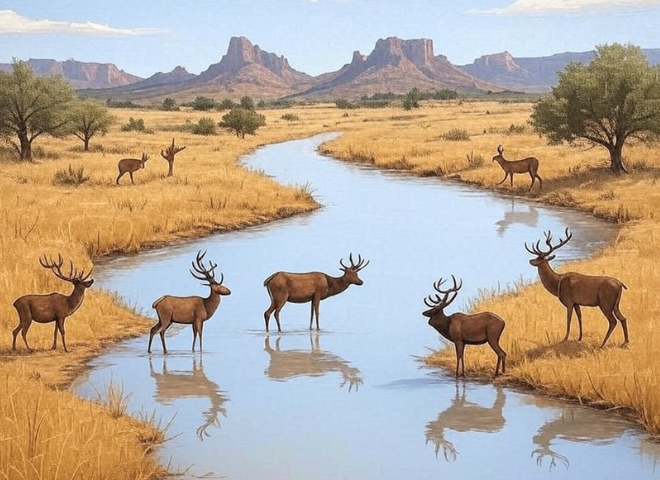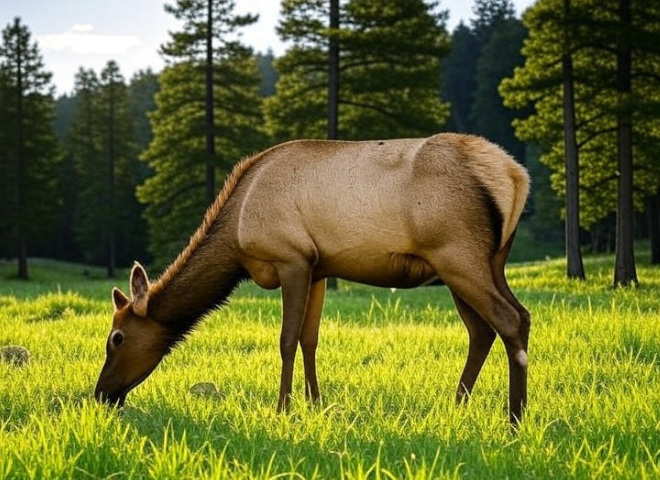When we conversation approximately Arizona’s natural life, the grand elk stands tall—literally and metaphorically. These towering mammoths are not fair a threat for nature’s significant others but too a crucial portion of Arizona’s wealthy environment. From the pine-filled mountains of Flagstaff to the peaceful glades of the Mogollon Edge, elk in Arizona offers both visual enchantment and biological significance.

Why does the Grand Elk stand out as a Marvel in Arizona?
The grand elk is one of the biggest arrive well-evolved creatures found in Arizona. With horns that can extend over four feet and bodies weighing up to 1,000 pounds, these elk command consideration. Arizona is domestic to one of the most advantageous and most steady elk populaces within the Joined together States, making it a prime area for natural life photography, eco-tourism, and chasing (beneath strict controls).
Besides, their nearness bolsters nearby biodiversity by forming plant development and impacting predator behaviour.

Best Places to Spot Elk in Arizona
You might ponder, where can I discover the grand elk in Arizona? Luckily, the state offers a few hotspots:
- Flagstaff’s Coconino National Forest
- White Mountains close Appear Moo
- Mogollon Edge
- Apache-Sitgreaves National Woodlands
These ranges are not as it were wealthy in elk but moreover idealize for camping, climbing, and photography. In the event that you’re going to amid early morning or late evening, your chances of spotting these magnificent elk increment essentially.

Why Arizona Is Culminate for the Magnificent Elk
Arizona’s assorted landscape—ranging from elevated woodlands to open meadows—provides the perfect territory for the magnificent elk. The mellow winters and plentiful vegetation permit elk to flourish here year-round. Moreover, preservation endeavours by Arizona Diversion & Angle Division have guaranteed that elk populaces stay solid and economical.
Much appreciated for these endeavours, elk in Arizona have a steady future and proceed to motivate wonder among local people and visitors alike.

Elk in Arizona: The Upsides and Downsides
Stars:
- Bolsters biodiversity and biological adjust
- Boosts eco-tourism and neighbour-hood economy
- Prevalent among natural life picture takers and nature devotees
- Gives openings for directed chasing
- Makes a difference keep up woodland wellbeing through grazing
Cons:
- Can cause activity mischances when crossing streets
- May harm agrarian crops
- Occasionally, wander into personal spaces
- Can pull in predators close to human zones
- Require preservation endeavours and state assets
Fascinating Truths: The Nearly Majestic Moose
- .The calves made their debut from the end of May until the start of June.
- The bull mythical being horns can weigh up to pounds.
- The moose shows its greatest energy at twilight and daybreak.
- You’re an amazing swimmer and can effortlessly cross the stream.
Conclusion
Major moose is more than the big deer symbol of Arizona. From their impressive horns to elegant movements in the landscape, Arizona Moose is an active treasure. Whether you’re a tourist, wildlife enthusiast, or a proud Arizona, seeing these giants in the wild is truly an unforgettable experience.
FAQ around Arizona’s Magnificent Moose
Q: Can I hunt elk in Arizona?
Yes, but only with a legal hunting permit during specific seasons. The Arizona Game & Fish Department manages these licenses.
Q: Is Majestic Moose dangerous?
Whereas not for the most part hostile, moose can be region, particularly amid the mating season. Always maintain a safe distance.
Q: How do I protect my Arizona moose?
Support conservation programs, respect wildlife laws, and avoid disrupting moose in their natural habitat.
